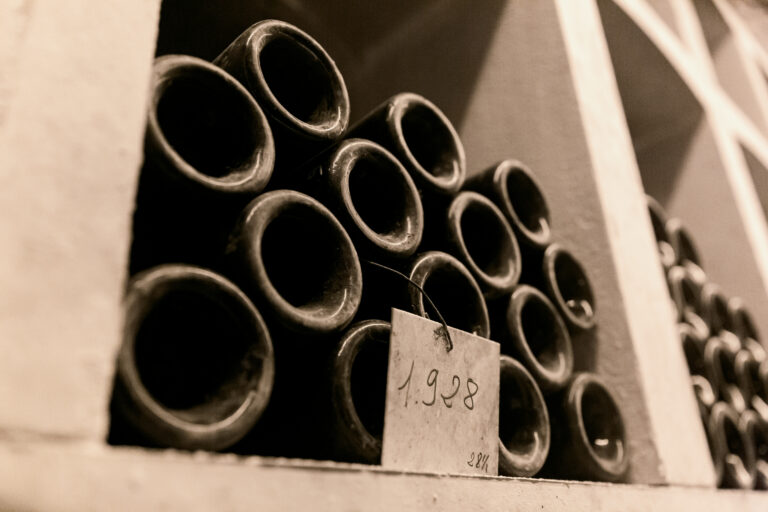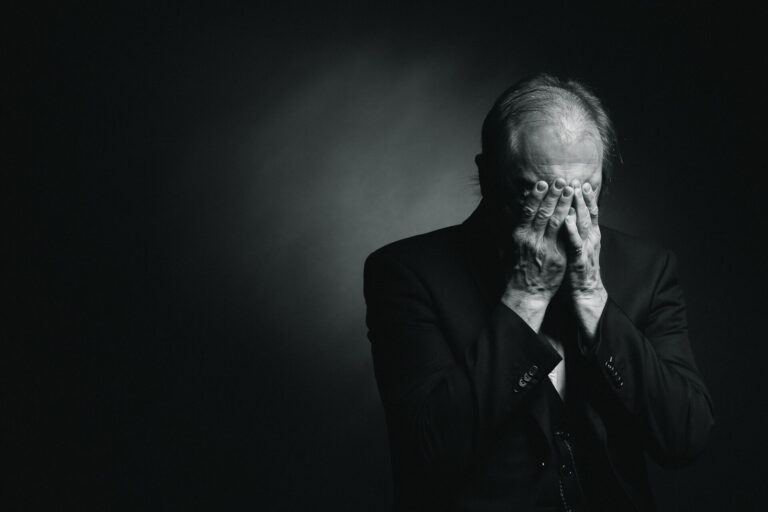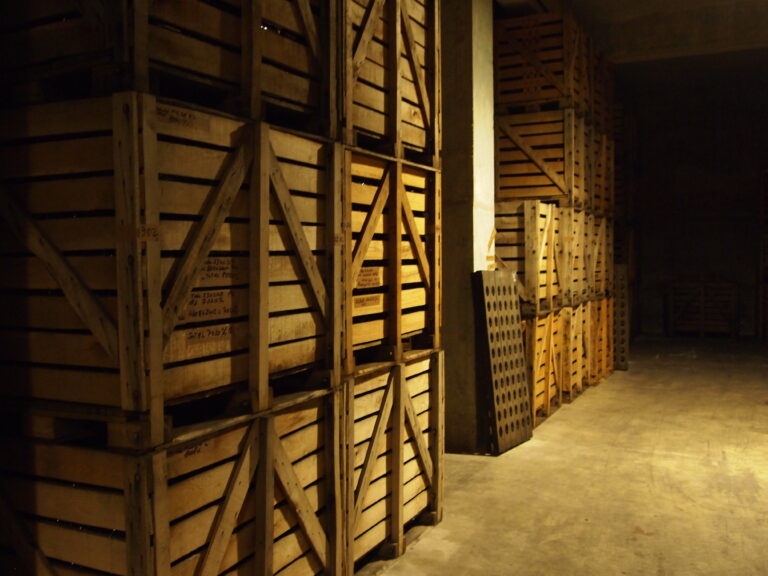Champagne Palmer’s signature wine Brut Réserve has been given the new name La Réserve. [read the full champagne story]
Estimated reading time: 4 minutes

New name and updated design on the label
With its new name and updated design on the label, Palmer & Co wants to shine the spotlight on the large proportion of reserve wine in its cuvée and the focus they place on the reserve wine. The content of the bottle has not changed but is exactly the same as it has always been with a large proportion of Chardonnay, grapes from grand cru and premier cru vineyards in the Montagne de Reims and long aging on the lees. The wine which constitutes the reserve wine in La Réserve is the already finished cuvée of previous years’ La Réserve. In this way, in each bottle there is a long chain of older vintages that follow into each new cuvée.
Another news is that Palmer & Co with its new presentation describes in detail the contents of the bottle, both grape blend, as well as the proportion of reserve wine, dosage and the time on fermentation will be
read from the back label of the bottle. This transparency is an important step in understanding more about the process of creating quality champagne and a way for enthusiasts to follow the wines over time.

Legacy
For 75 years, Palmer & Co has created fantastic champagnes thanks to the seven growers who chose to come together and form the cooperative just after the end of the Second World War. They founded Palmer & Co in 1947 and since then many have joined. But no one should think that joining the cooperative is easy. That process takes many years and is evaluated over a long period of time. The now approximately 300 growers all have high-class vineyards with grand cru or premier cru classification. In this way, Palmer & Co owns 100% of their vineyards, which means that every year they can select the best vineyards and handpick the grapes for their wines. The grapes left over can be sold so that only the best grapes are vinified.
‘It is already in the soil that Palmer’s identity emerges. In the chalk- and lime-rich soil and the cool locations, the foundation is laid for the elegance and harmony that characterizes Champagne Palmer. Unique to Champagne Palmer is that our chardonnay comes from the Montagne de Reims, which is Champagne’s northernmost district. Many people associate Montagne de Reims with pinot noir, but chardonnay is also fantastic here.’
Rémi Vervier – CEO and winemaker

Proof that chardonnay belongs on the Montagne de Reims is that Champagne Palmer’s Blanc de Blancs has been named the world’s best BdB several times by, among others, The Champagne & Sparkling Wine World Championship. In La Réserve, chardonnay accounts for 50-55% of the blend each year and the proportion of reserve wine is up to 40%.
Palmer & Co.
★★★ of ★★★★★
In total, two million bottles produced. Palmer is an unusual creature — it is a cooperative in Reims. The original idea of a cooperative came up among some growers in Avize, who needed some Pinot grapes from Verzenay in order to create a competitive cuvée. This happened in 1947, but when the firm became too big in 1959, Palmer moved into Teofile Roederer’s old cellars in Reims. Xavier Berdin and his team lead a modern and effective team that has access to grapes from forty crus. The philosophy is to combine traditional methods with the latest advances made by science. The firm is very proud of its 8,000-kilo press from which they only use cuvée (first pressing) for Palmer. The wines are well aged after four years in the cellar and carefully tested in the company’s modern laboratory. Palmer has an unusually large amount of older vintages for sale, which are disgorged to order. The wines that are made by Xavier Berdin are perhaps a little too impersonal and clinical for my taste. Perhaps they would have more character if they weren’t put through cold stabilization and double filtering. But the wines is finely toasted and very good value for money. The Cellar Master is Xavier Berdin and the winemaking process has evolved since 2003.





